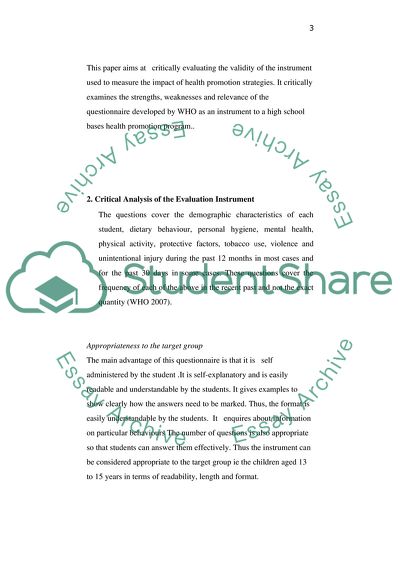Cite this document
(Evaluation of Health Promotion Program-Global School Based Student Case Study, n.d.)
Evaluation of Health Promotion Program-Global School Based Student Case Study. https://studentshare.org/health-sciences-medicine/1742986-evaluation-of-health-promotion-2
Evaluation of Health Promotion Program-Global School Based Student Case Study. https://studentshare.org/health-sciences-medicine/1742986-evaluation-of-health-promotion-2
(Evaluation of Health Promotion Program-Global School Based Student Case Study)
Evaluation of Health Promotion Program-Global School Based Student Case Study. https://studentshare.org/health-sciences-medicine/1742986-evaluation-of-health-promotion-2.
Evaluation of Health Promotion Program-Global School Based Student Case Study. https://studentshare.org/health-sciences-medicine/1742986-evaluation-of-health-promotion-2.
“Evaluation of Health Promotion Program-Global School Based Student Case Study”. https://studentshare.org/health-sciences-medicine/1742986-evaluation-of-health-promotion-2.


